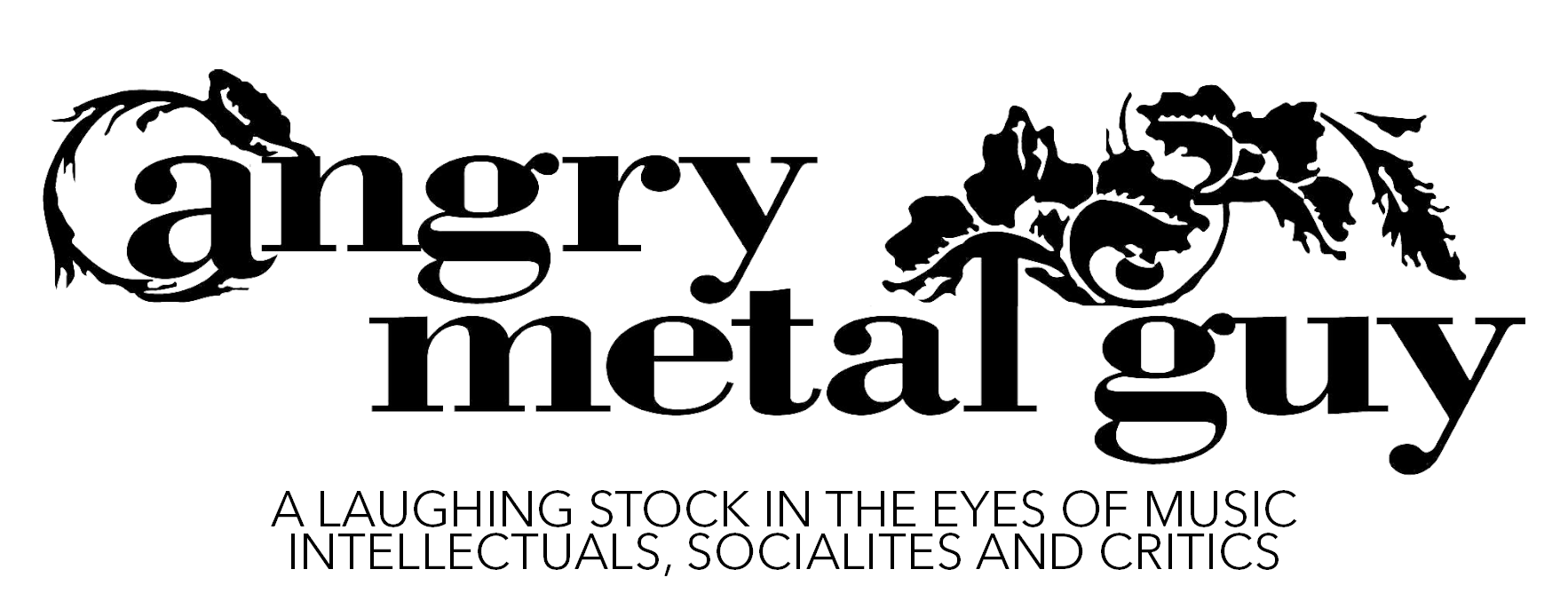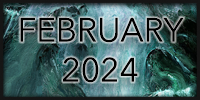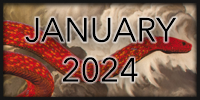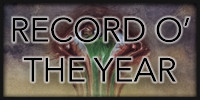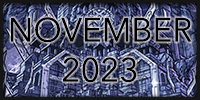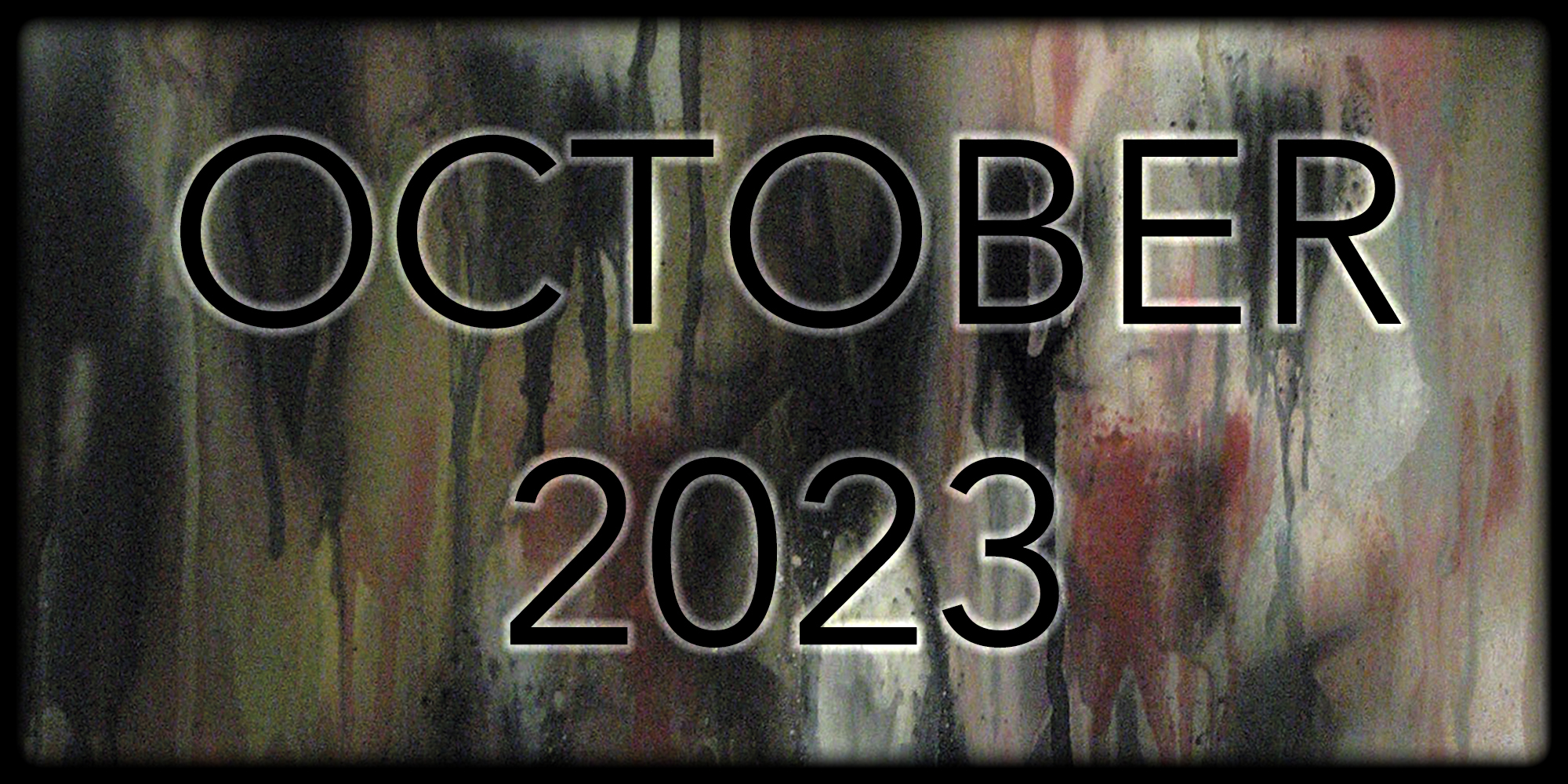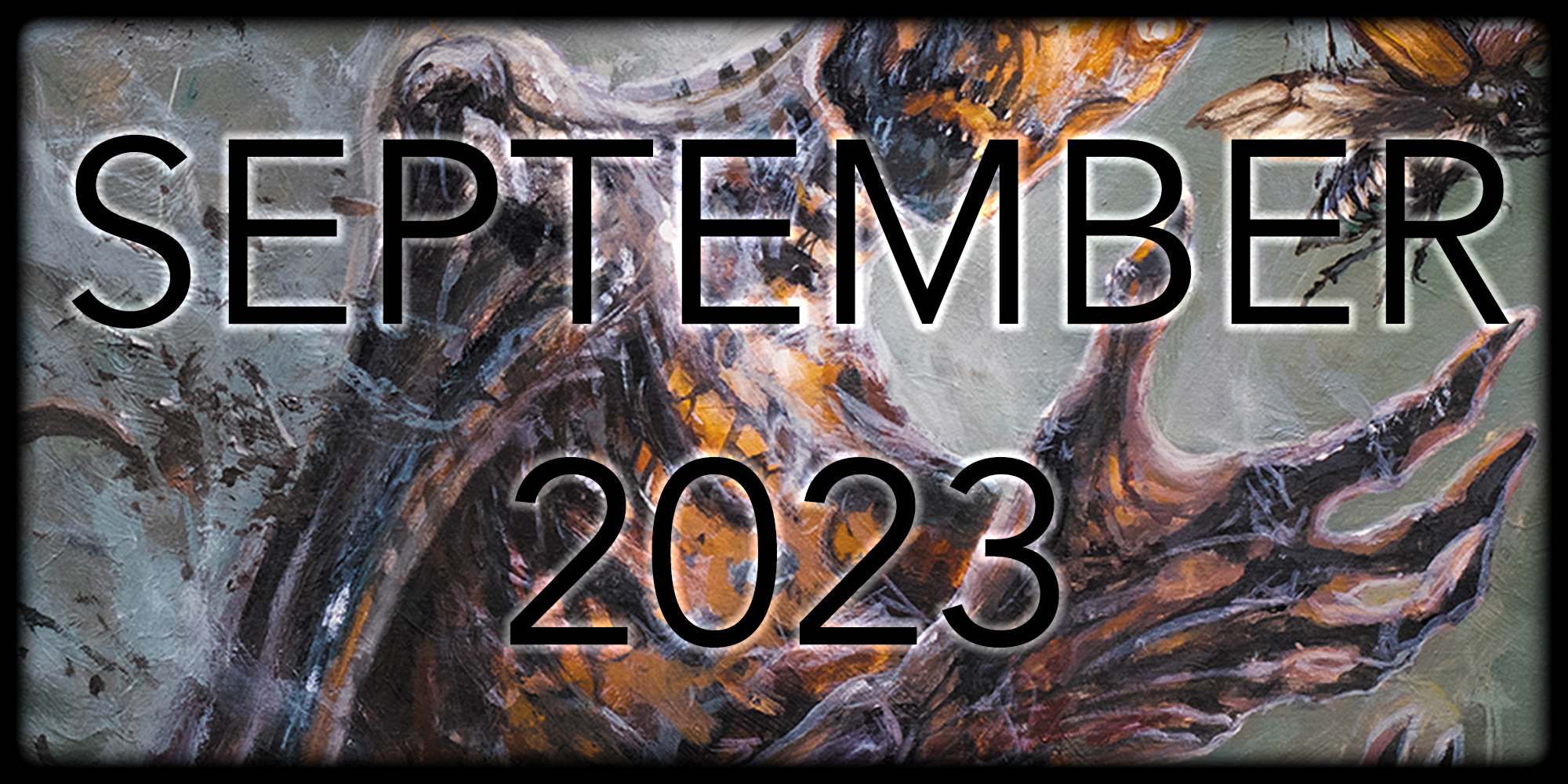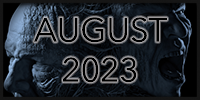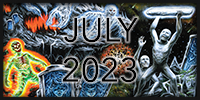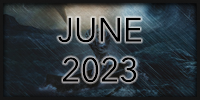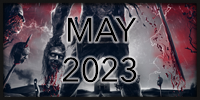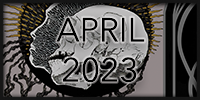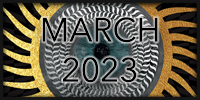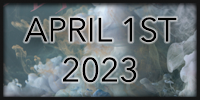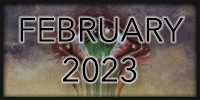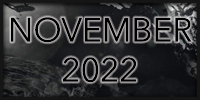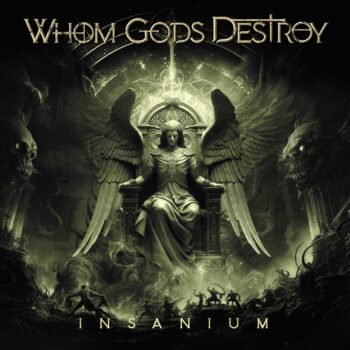 What more is there to say about a prog supergroup? How about one that exists as a re-tooling of the now-defunct Sons of Apollo. Part of the melodic core of that group remains the same, with Derek Sherinian (Planet X, ex-Dream Theater) and Ron “Bumblefoot” Thal (Art of Anarchy, ex-Guns n’ Roses) returning on flamboyant keys and virtuosic fretted and fretless guitar1 madness, respectively, to helm the adventures of Whom Gods Destroy. But rather than reach for older dogs to round out the pile, these prog stalwarts packed in the much younger limbs of Bruno Valverde (Angra) on kit, Yas Nomura on bass, and powerhouse vocalist Dino Jelusić (Jelusić, Whitesnake, ex-Michael Romeo2). You also might be wondering too, is this band name based on the Star Trek episode?3 Well, let’s just say if you like prog and Star Trek references, your excitement might end on the name.
What more is there to say about a prog supergroup? How about one that exists as a re-tooling of the now-defunct Sons of Apollo. Part of the melodic core of that group remains the same, with Derek Sherinian (Planet X, ex-Dream Theater) and Ron “Bumblefoot” Thal (Art of Anarchy, ex-Guns n’ Roses) returning on flamboyant keys and virtuosic fretted and fretless guitar1 madness, respectively, to helm the adventures of Whom Gods Destroy. But rather than reach for older dogs to round out the pile, these prog stalwarts packed in the much younger limbs of Bruno Valverde (Angra) on kit, Yas Nomura on bass, and powerhouse vocalist Dino Jelusić (Jelusić, Whitesnake, ex-Michael Romeo2). You also might be wondering too, is this band name based on the Star Trek episode?3 Well, let’s just say if you like prog and Star Trek references, your excitement might end on the name.
You see, Insanium represents not the future of prog but rather an exploration of its most indulgent tendencies wrapped in a polished, sometimes entertaining package. Whom Gods Destroy’s lineage too represents a choice concoction of progressive eras, with Sherinian’s warm and theatrical synth choices harkening to rock forebears—standard fare like YES and Hammond-leaning Deep Purple moments—and Thal’s low-tuned, grooving riff choices feeling in line with the scope of modern progressive metal. Jelusić at the front of it all ensures a Jorn-chested power and pomp, adding a necessary arena fist-pump to slower numbers like “Find My Way Back” and the swinging Rainbow-tinged cut “Requiem.” With such well-worn influences and decades of experience, Whom Gods Destroy is incapable of making a bad song.
Yet in a fate as olde as prog, too much of a good thing can be, well, too much. The average song length approaches six minutes, and each contains at least a minute of soloing, either dripping guitar work, histrionic key smatterings, or a sticky scale swap between the two. Yes, like the party putty it is, these quips of instrumental excess splatter about recklessly between verse, bridge, and reprisal alike—where a bar or two of melodic flourish could speak to musical themes, Sherinian and/or Thal take many, many more. And it’s not like Sherinian can’t build a theme either, as he displays the warping of a primary motif as Insanium digs deeper between “In the Name of War,” “Crawl,” “Crucifier,” and erupting with cathedral-echoing flare into “Requiem” with careful and dramatic aplomb. Whom Gods Destroy remains intent, however, in crushing that kind of subtle intensity with a path carved by more.

Despite the band’s best attempt to remain persistently interesting as a master class of keystroke and string-bending gymnastics, Thal displays a creative aggression in his twisting of chugging riffs, both fretless and fretted. In a lineup like this, sometimes a key player like Sherinian may provide extra low-end oomph with a distorted presence. But throughout Insanium’s most throbbing numbers (“Over Again,” “Crucifier,” “Keeper of the Gate”) Thal and Nomura thump a powerful low-end that snakes about hissing and screeching synth choices that create and full and frantic atmosphere that shows Whom Gods Destroy at their most potent. Sure these tracks detour too into blinding, multi-bar madness, but their powerful grip on groove makes everything that much more palatable.
In the end, though, the rebranding and re-invigorating of this project with fewer parts AOR and extra parts modern progressive metal that are consistent both in tonal interest and melodic wandering. With nothing but raw talent at their disposal, this initial Whom Gods Destroy outing displays practiced, pulsing performances—so ever-present in proficiency that Insanium hosts still a three-minute wankstrumental in “Hypernova 158” that adds absolutely nothing to the experience but time. In the short-form cinematic feature that gave rise to the band’s namesake, Captain Kirk and crew encounter a character named Garth, a prisoner in an insane asylum who can shapeshift and attempts to use these powers to take over the USS Enterprise. Whom Gods Destroy represents a similar idea—wild, progressive ideas that change form in attempt to capture a technically-mystified audience from a different angle. But much like Garth, Whom Gods Destroy does not succeed in trying to turn a tricky leaf to victory.4
Rating: 2.0/5.0
DR: 6 | Format Reviewed: 320 kbps mp3
Label: Inside Out Music | Bandcamp5
Website: facebook.com/wgdestroy
Releases Worldwide: March 15th, 2024
